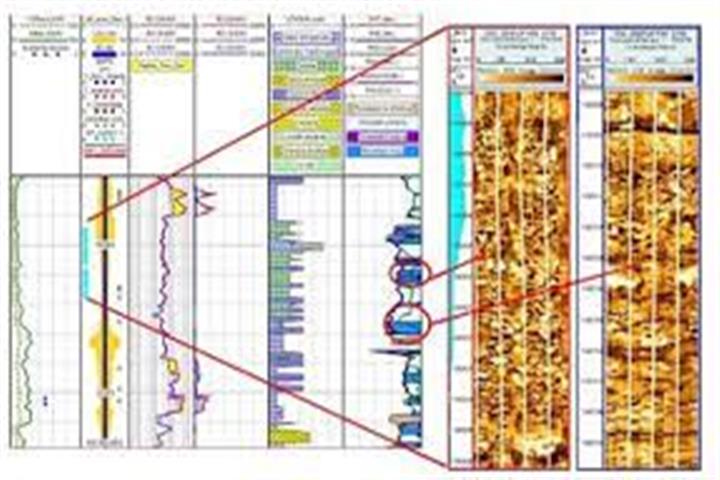• Introduction, integration work and thought process
• Rock Types/Flow units and reservoir characterization
• Applied examples and deliverables
• Geologic framework, mineralogy, reservoir compartmentalization, formation evaluation
• Team Problem 1: Porosity Presentations
• Case Study using Petrophysical Rock Types
• Petrophysical rock types and pore geometry
• Textural and diagenetic controls
• Rock typing techniques including Winland, Pittman, and other common methods
• Team Problem 2: Permeability Presentations
• Basics of Routine Core analysis
• Fundamentals of capillary pressure and applications
• Saturation distributions from rock types, and capillary pressure data
• Various laboratory data acquisition methods and data are used in exercises to further to reinforce the instruction
• Team Problem 3: Presentation
• Capillary pressure and pore geometry, stress and reservoir performance, petrophysical quick scan analysis
• Permeability, relative permeability and wettability
• Archie saturation, cementation, and saturation exponents, with exercises
• Team field characterization workshop
• Introduce modified Leverett J Method
• Introduce GAS 3D for petrophysical evaluation
• Individual team consultations and presentations






comments (0)